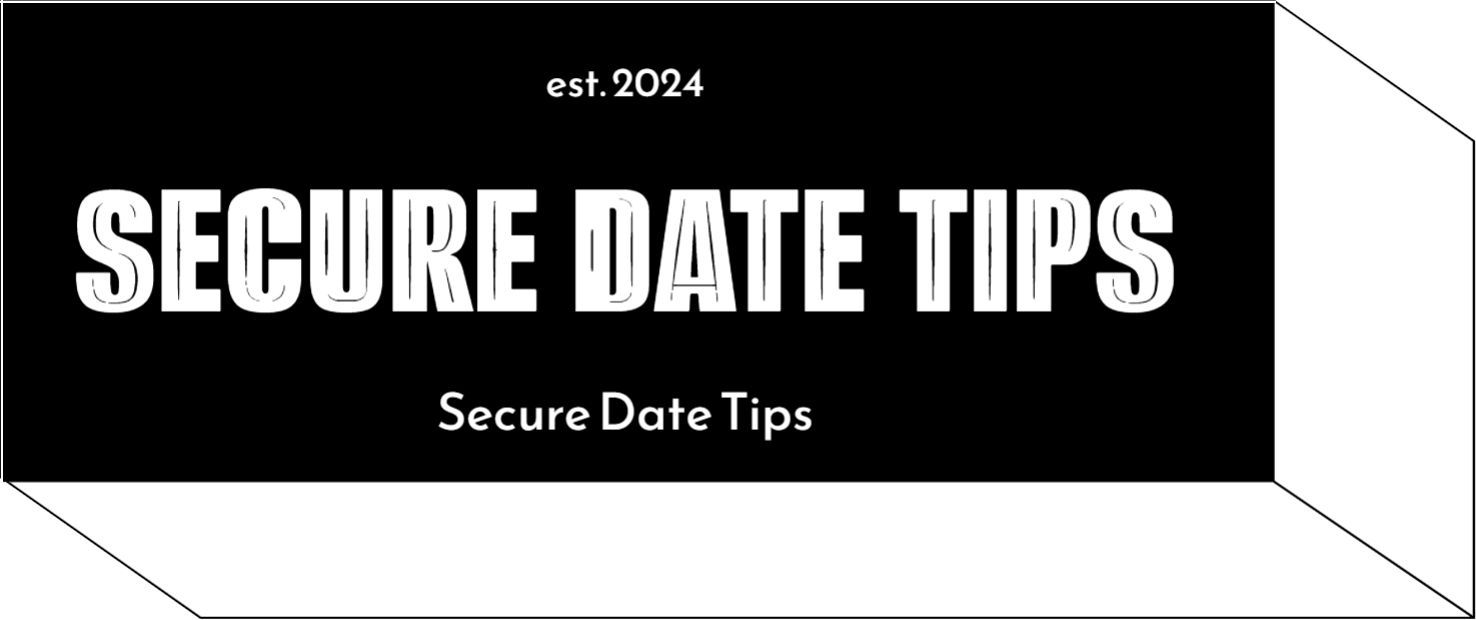In the digital age of swipes and matches, finding love online has become as common as a morning cup of coffee. Yet, amidst the search for connection, the presence of fake profiles can turn the quest into a labyrinth of deception. Navigating the world of online dating requires more than just a hopeful heart; it demands a discerning eye. This article unveils the simplest strategies to spot counterfeit profiles, ensuring that your journey toward romance is both safe and genuine. Whether you’re a seasoned swiper or new to the scene, these insights will empower you to distinguish between true connections and digital mirages.
Spotting the Red Flags: Common Signs of a Fake Profile
In the world of online dating, distinguishing genuine profiles from fake ones is crucial. A key indicator of a fake profile is the quality and consistency of the photos. Low-resolution images, or pictures that look overly polished and professional, might be a sign of a catfish. Pay attention to the profile’s information; if it’s scant or generic, that’s another red flag. Overly vague or inconsistent details often point to someone who isn’t being honest about who they are.
- Too Good to Be True: Profiles that seem overly perfect, with interests and hobbies that align too closely with yours, might be fabricated.
- Immediate Intimacy: Be wary if the person is quick to express strong feelings or push for a serious relationship.
- Reluctance to Meet: If they always have excuses to avoid video calls or in-person meetings, this could indicate deception.
Always trust your instincts. If something feels off, it’s worth investigating further or moving on. Staying vigilant helps ensure a safer and more genuine online dating experience.

Profile Picture Analysis: How to Recognize Stock and Stolen Images
When scrolling through dating apps, a profile picture can reveal more than just a smile. Spotting stock or stolen images is crucial to avoid catfishing. Here’s how you can be a savvy detective:
- Reverse Image Search: Use tools like Google Reverse Image Search or TinEye to check if the picture appears elsewhere online. If it shows up on multiple unrelated sites, it might be a stock photo.
- Image Quality: Stock images are often professionally taken, with high resolution and perfect lighting. If the photo looks too polished, it might not be genuine.
- Watermarks: Look for any subtle watermarks or logos that indicate the image might be from a stock photo site.
- Inconsistent Photos: Compare the main profile picture with other photos in the profile. If they seem like different people or vary drastically in quality, proceed with caution.
By honing your observational skills, you can better protect yourself from misleading profiles and ensure a safer online dating experience.

Unveiling the Truth: Verifying Personal Information and Background
One of the most effective ways to identify a fake profile is through meticulous verification of personal information and background details. Start by examining the profile’s photos. Conduct a reverse image search using tools like Google Images to check if the photos are sourced from other websites or social media profiles. If the images appear elsewhere under different names, it’s a red flag.
Next, delve into their biography and interests. Look for inconsistencies or overly generic information. Genuine profiles often share specific hobbies, favorite books, or unique experiences. For a deeper dive, consider these tips:
- Cross-check their name and details on other social media platforms.
- Verify mutual connections or friends if the app allows.
- Assess the frequency and quality of their interactions on the app.
By applying these strategies, you can better navigate the world of online dating and ensure that your connections are both genuine and meaningful.

Conversational Clues: Detecting Inconsistencies and Scripted Messages
When engaging in conversation on dating apps, pay close attention to the nuances of dialogue. Inconsistencies in stories or details can be telling signs of a fake profile. A user might claim to have lived in multiple places but falter when asked about local specifics. This is often because they’re weaving a narrative that isn’t grounded in personal experience. Look for contradictions in their timeline or facts that don’t add up.
Another red flag is the use of scripted messages. These are often generic, lacking personal touches, and can feel oddly impersonal. Be wary if their responses seem to be cut-and-paste jobs, especially if they don’t directly address your questions or comments. Here are some clues to watch for:
- Repetitive phrases that appear in multiple interactions.
- Avoidance of specific questions or details about their life.
- Generic compliments that could apply to anyone.
Trust your instincts; if something feels off, it’s worth taking a closer look.



